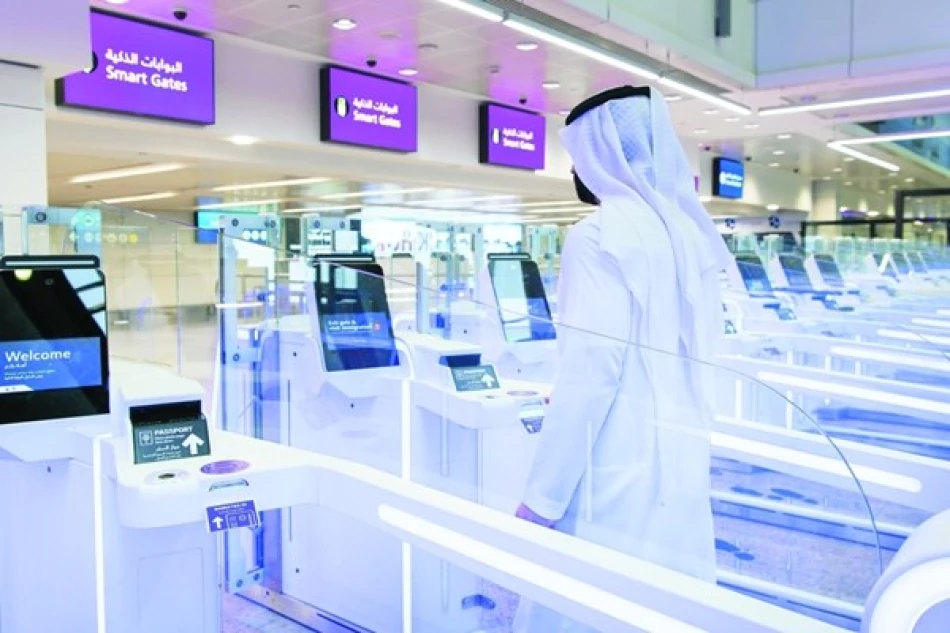
Dubai International Airport Prepares for Influx of 3.6M Passengers During Back-to-School Peak
Dubai Airport Braces for Record-Breaking Peak as Summer Exodus Reverses
Dubai International Airport is preparing for an extraordinary surge in passenger traffic as families and students return from summer holidays ahead of the new academic year. With over 3.6 million travelers expected between August 13-25, the airport's infrastructure will face its biggest test yet, potentially cementing Dubai's position as the world's busiest international aviation hub while highlighting the emirate's growing role as a global residential and educational destination.
Peak Season Numbers Paint Picture of Dubai's Growing Appeal
The airport anticipates processing an average of 280,000 passengers daily during the two-week period, with Friday, August 15, expected to be the busiest single day, handling over 290,000 travelers. These figures represent more than just seasonal fluctuations—they reflect Dubai's transformation from a business and tourism hub into a genuine residential destination for international families.
The timing coincides with the UAE's academic calendar, which typically sees expatriate families return from extended summer breaks in their home countries. This pattern has become increasingly pronounced as Dubai attracts more long-term residents, particularly in the post-pandemic era when remote work policies made the emirate more attractive to international professionals.
Record-Breaking First Half Sets Stage for Historic Year
Dubai International Airport already recorded its highest-ever passenger traffic in the first half of 2024, processing over 46 million travelers. Meanwhile, Dubai welcomed 9.88 million international overnight visitors, marking a 6% increase compared to the same period last year. These numbers position the airport to potentially break its own annual records while maintaining its crown as the world's busiest international airport.
Competitive Landscape in Global Aviation Hubs
Dubai's performance stands in stark contrast to challenges facing other major international hubs. While London Heathrow continues to grapple with capacity constraints and Amsterdam Schiphol faces operational disruptions, Dubai's consistent growth demonstrates the effectiveness of its hub-and-spoke model and strategic geographic positioning between Europe, Asia, and Africa.
The numbers also reflect broader regional competition, with Qatar's Hamad International Airport and Abu Dhabi International Airport both vying for market share. However, Dubai's residential appeal—evidenced by the family return patterns—gives it a unique advantage beyond pure transit traffic.
Infrastructure Stress Test Reveals Strategic Priorities
The anticipated passenger surge serves as a crucial stress test for Dubai's aviation infrastructure investments. The airport's ability to handle nearly 300,000 passengers in a single day will demonstrate whether recent capacity expansions and operational improvements can support the emirate's ambitious growth targets.
Dubai Airports has coordinated with the "oneDXB" community, including airlines, regulatory bodies, and commercial partners, to ensure smooth operations. The organization has also issued comprehensive travel guidance to help passengers navigate the peak period more efficiently.
Economic Implications Beyond Aviation
The passenger influx carries significant economic implications for Dubai's broader economy. Returning residents typically engage in back-to-school shopping, property transactions, and service renewals, providing a substantial boost to retail, real estate, and professional services sectors during what is traditionally a slower business period.
For investors and businesses, these traffic patterns signal Dubai's evolution into a more mature international city with predictable seasonal rhythms driven by residential rather than purely tourist cycles. This stability could prove attractive to sectors ranging from education and healthcare to luxury retail and automotive services.
The successful management of this peak period will also serve as a proof of concept for Dubai's capacity to handle even larger volumes as the city pursues its goal of becoming home to 5.8 million residents by 2040, up from approximately 3.5 million today.
Most Viewed News

 Layla Al Mansoori
Layla Al Mansoori






